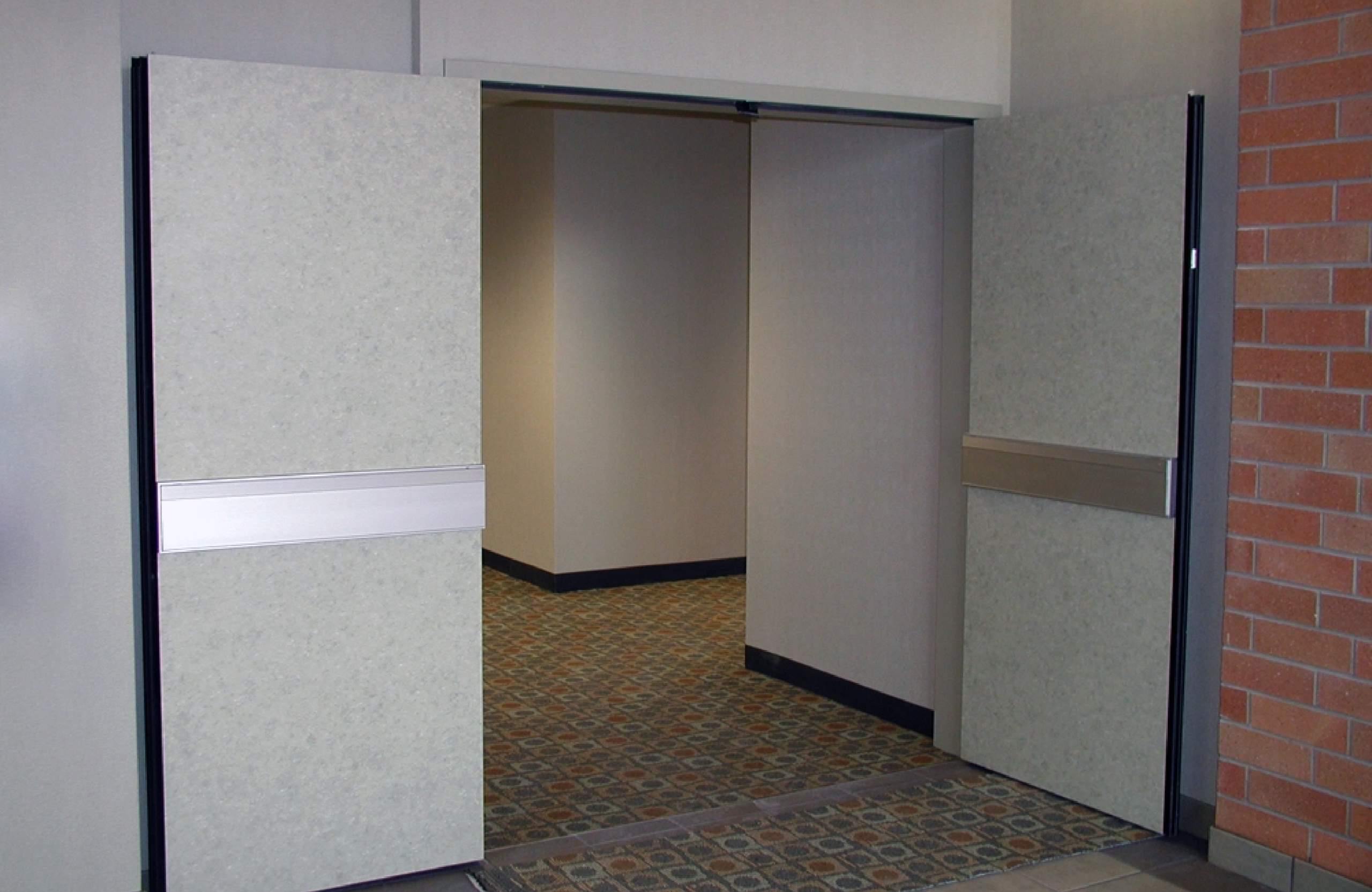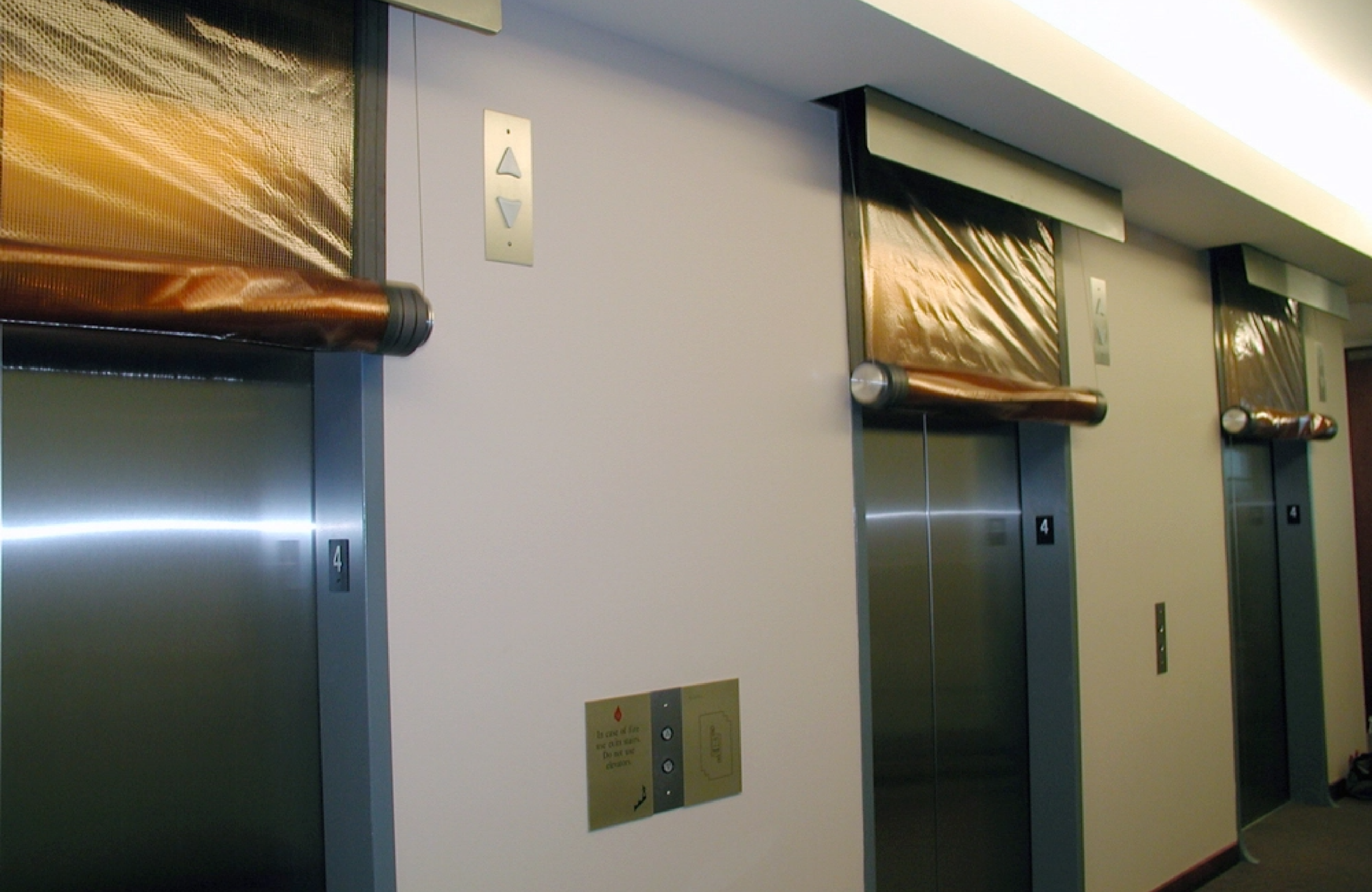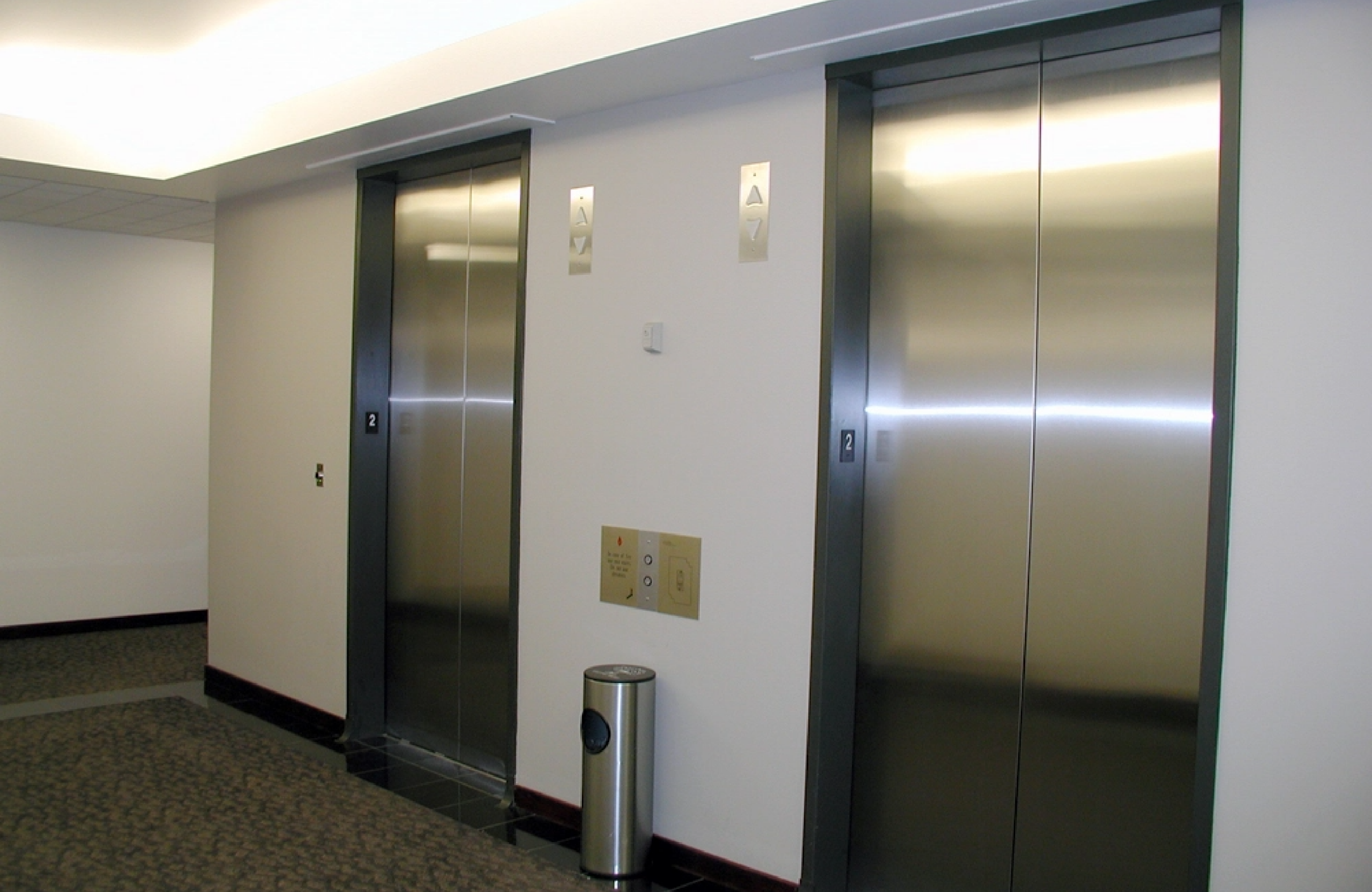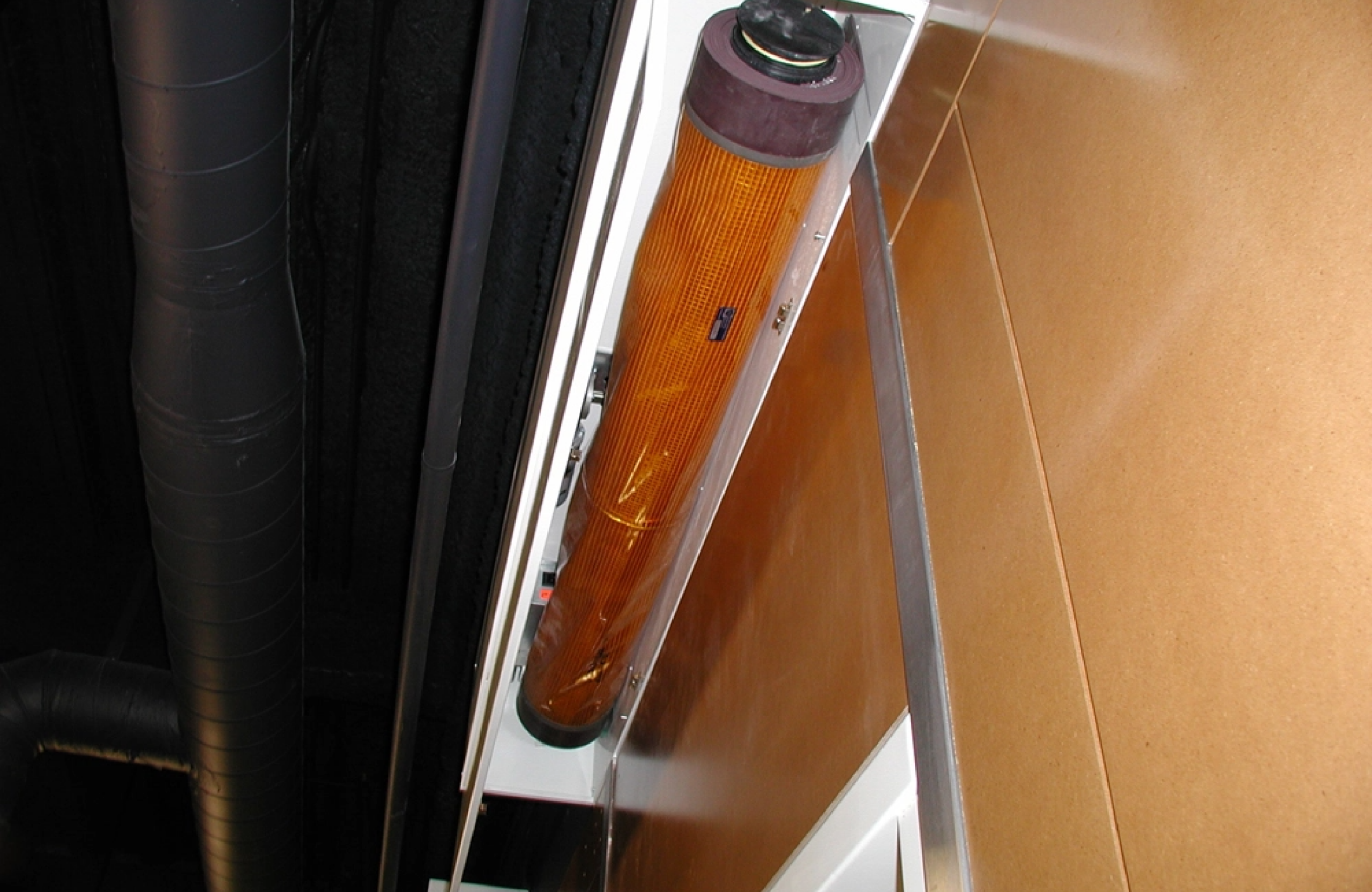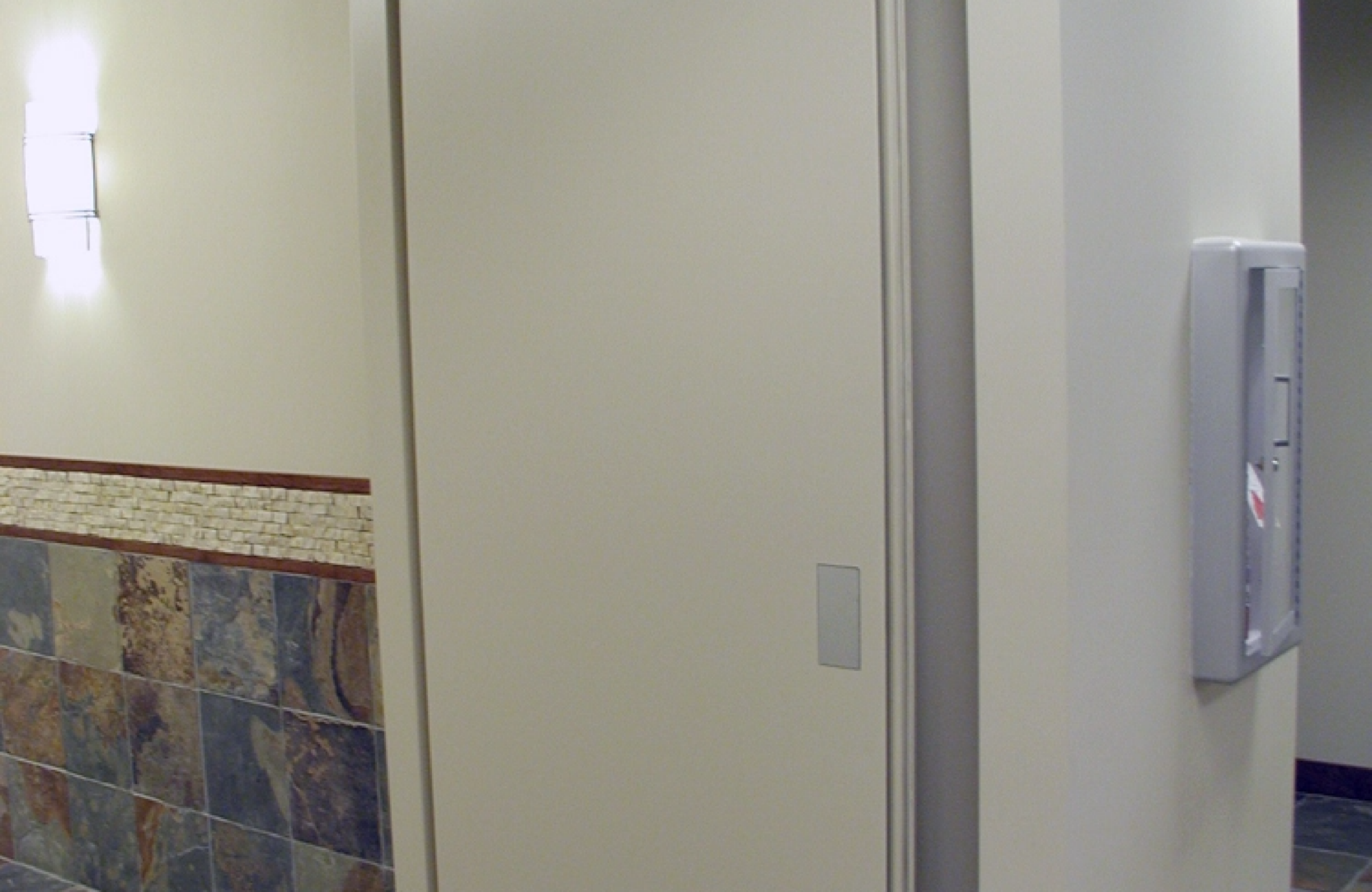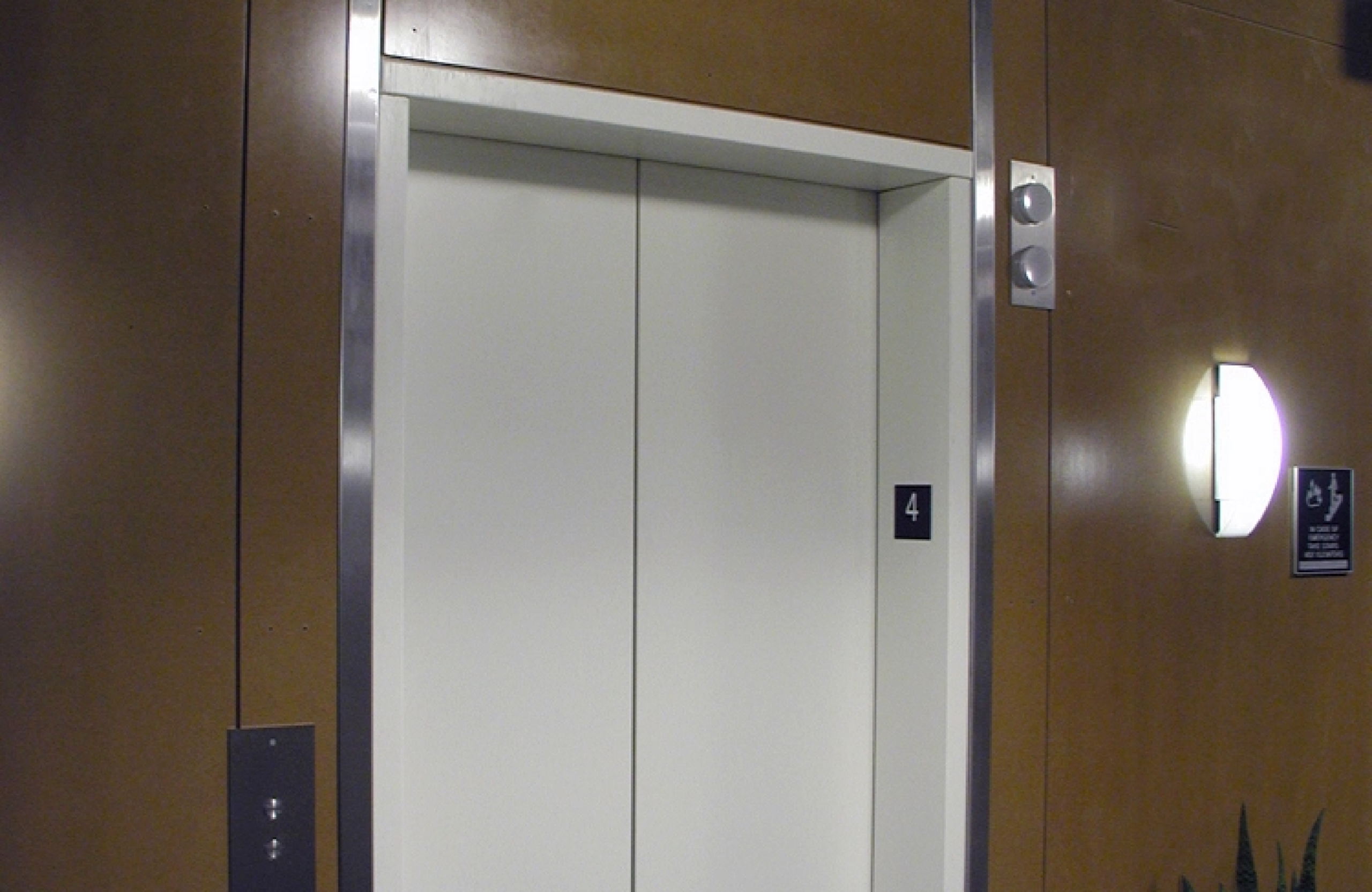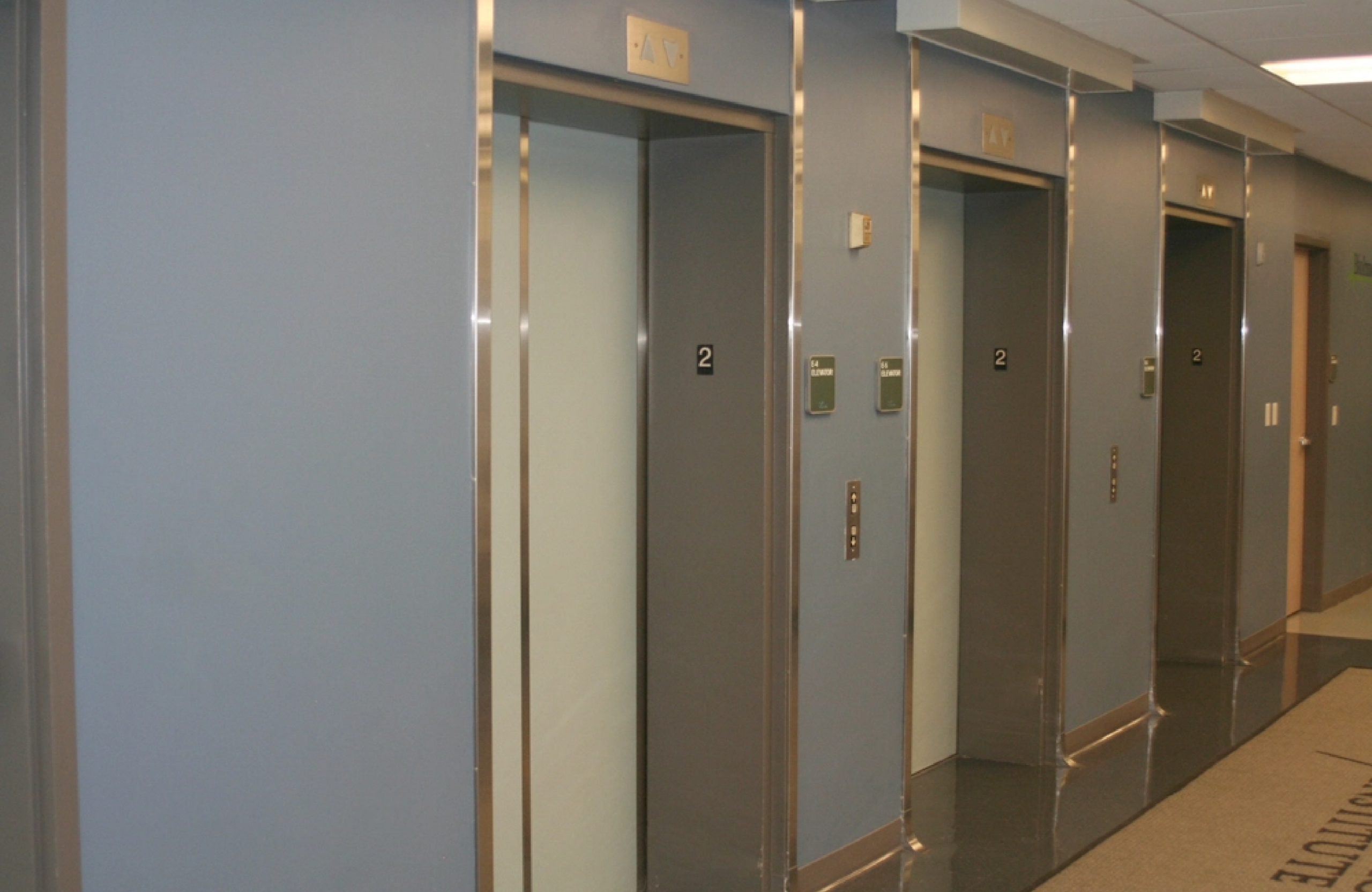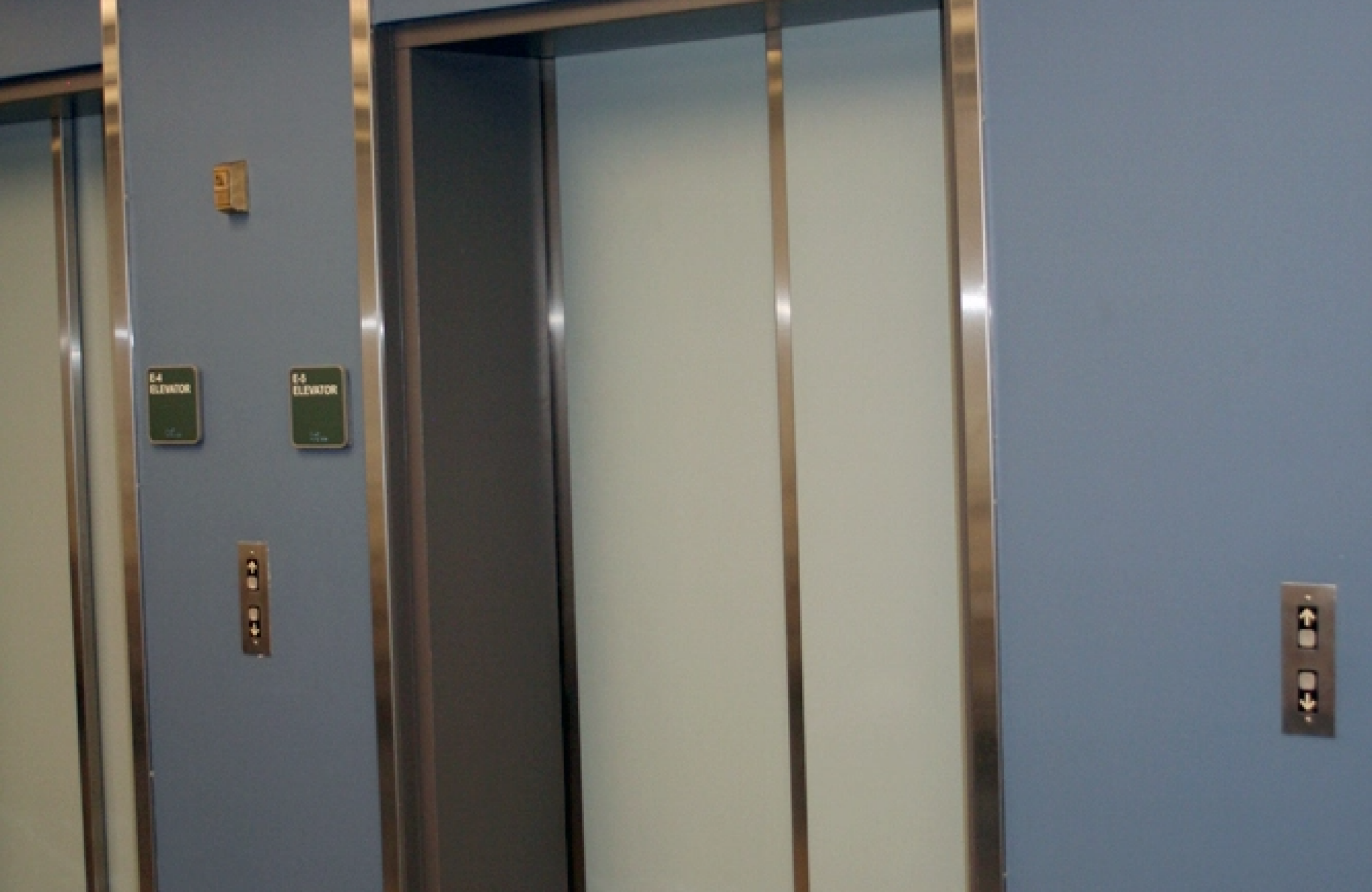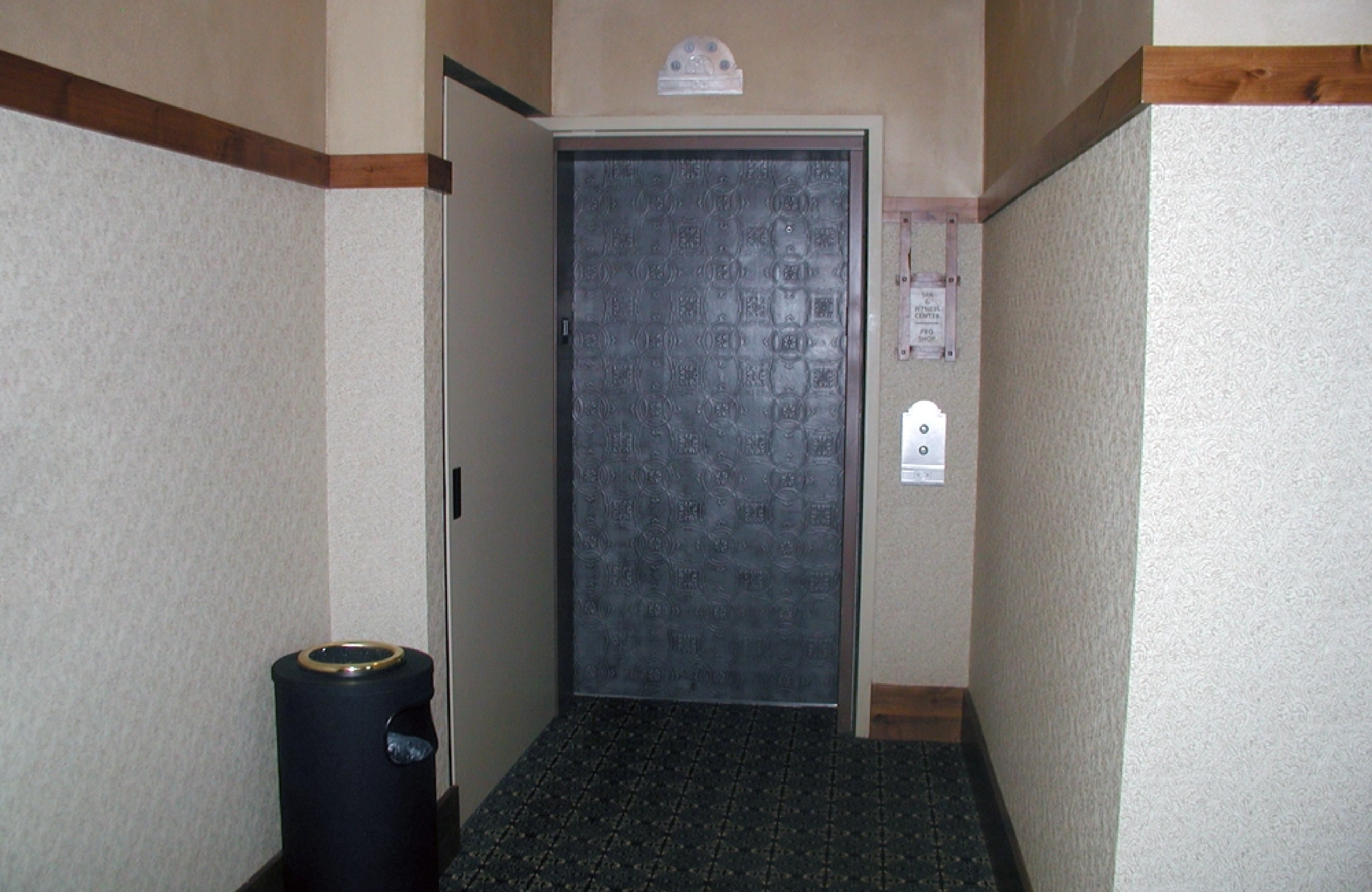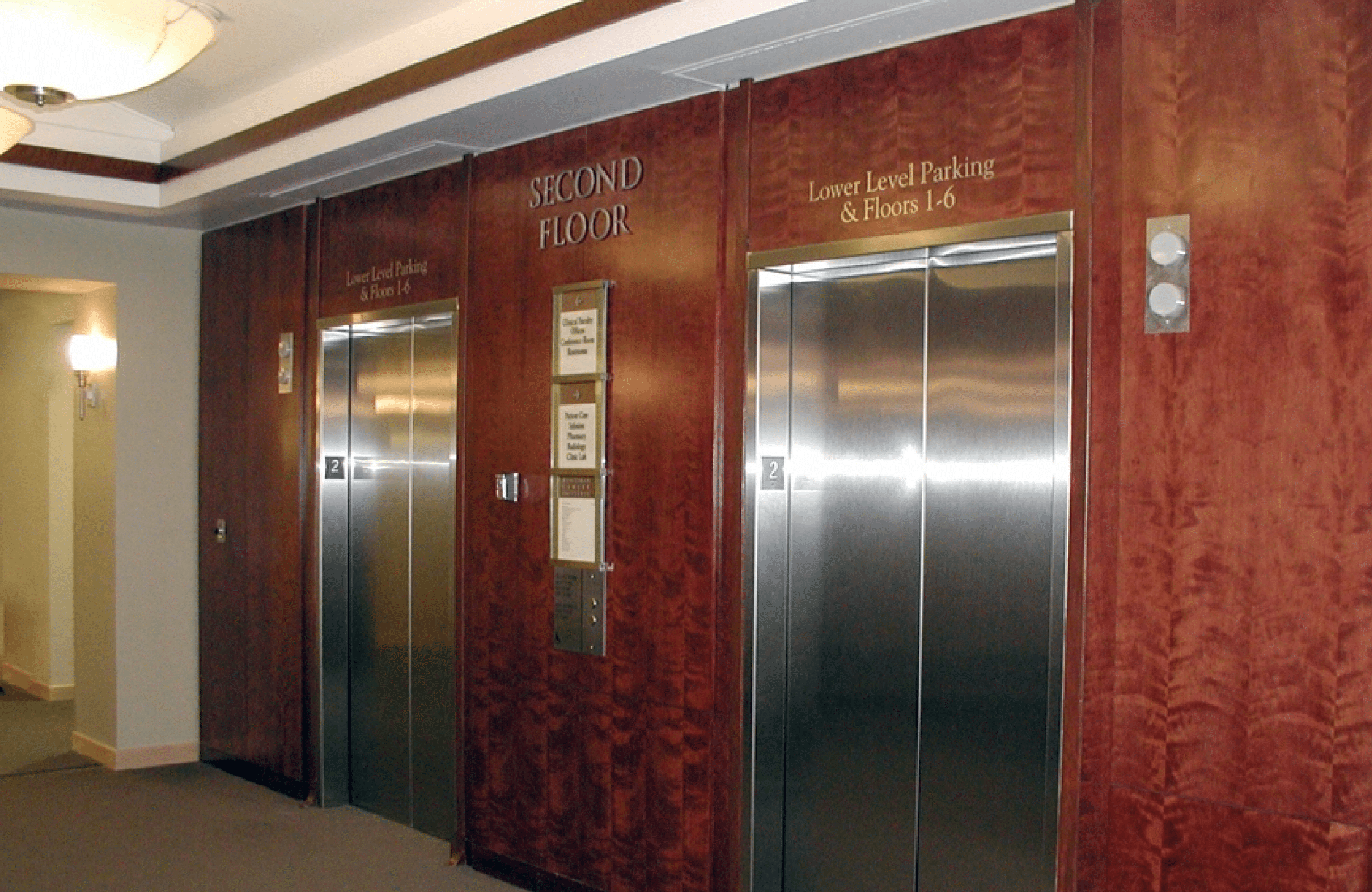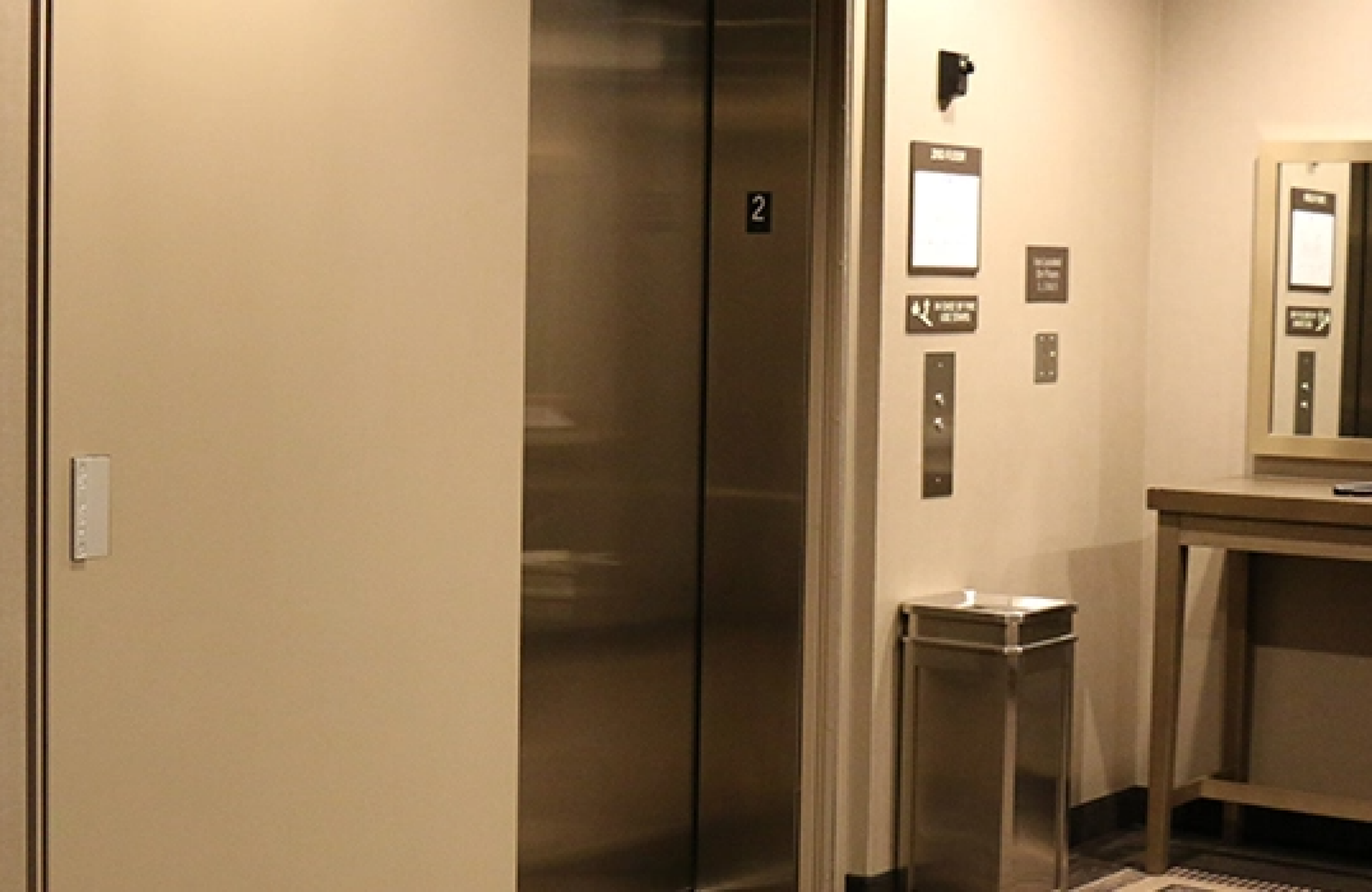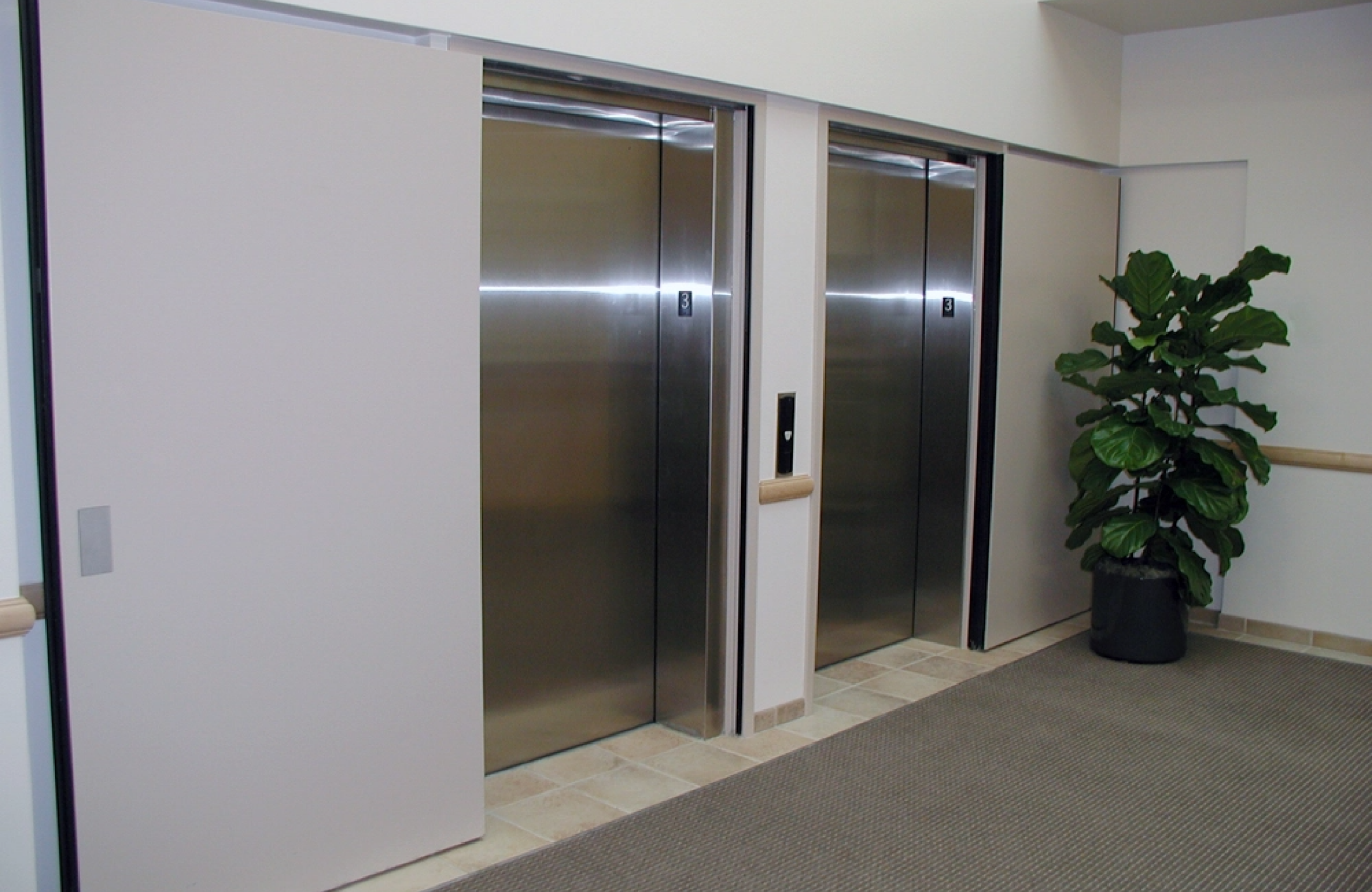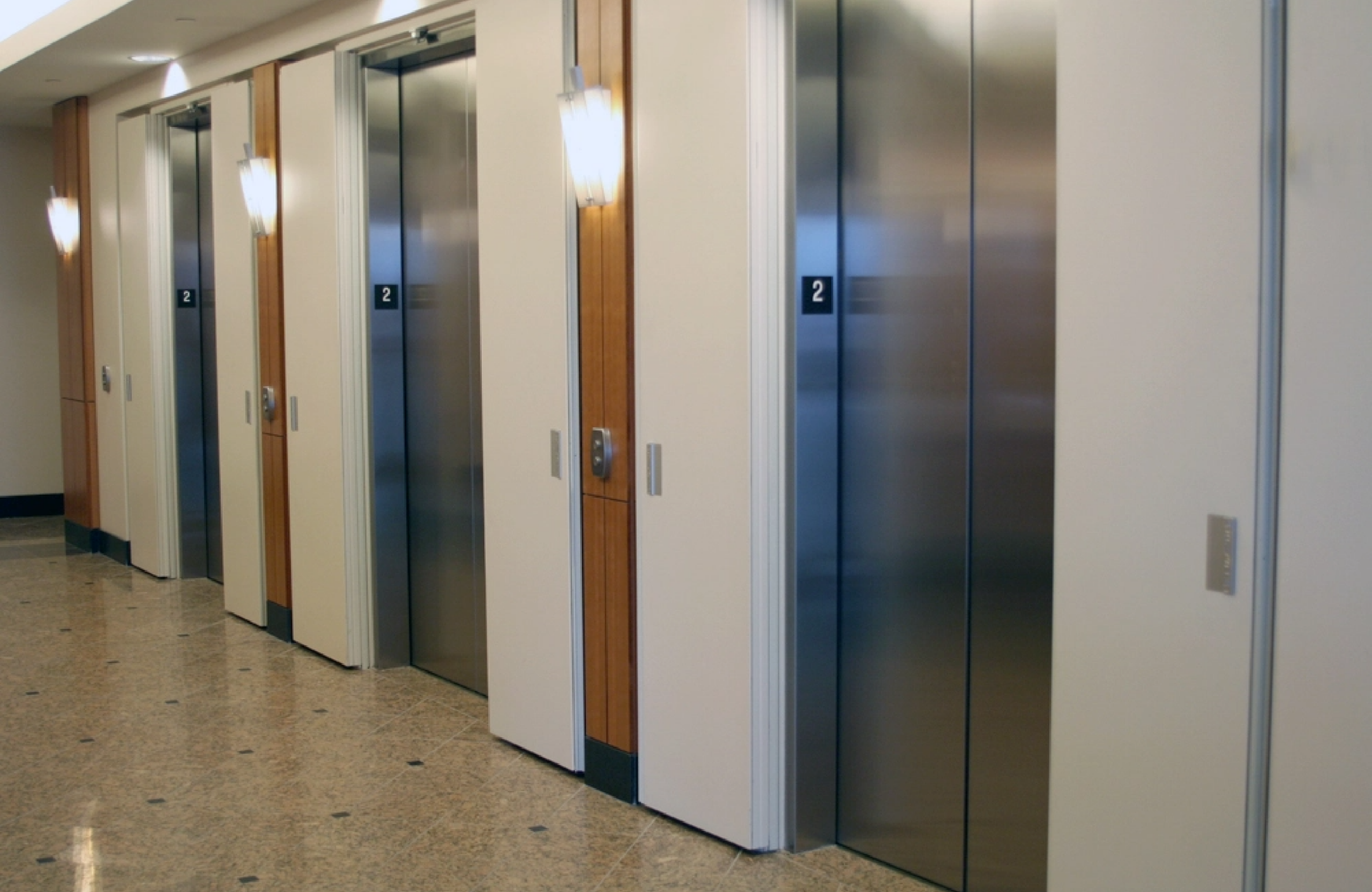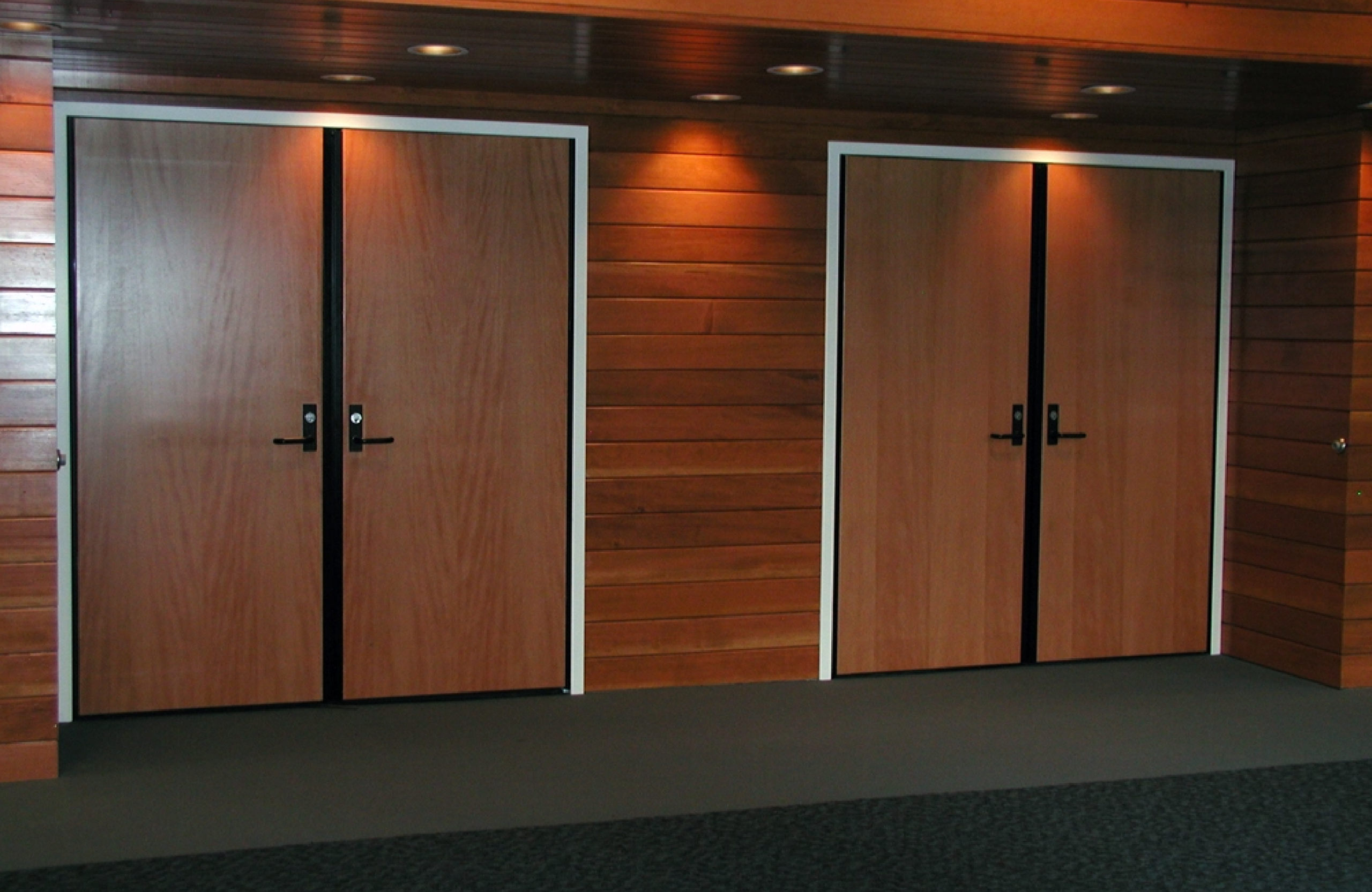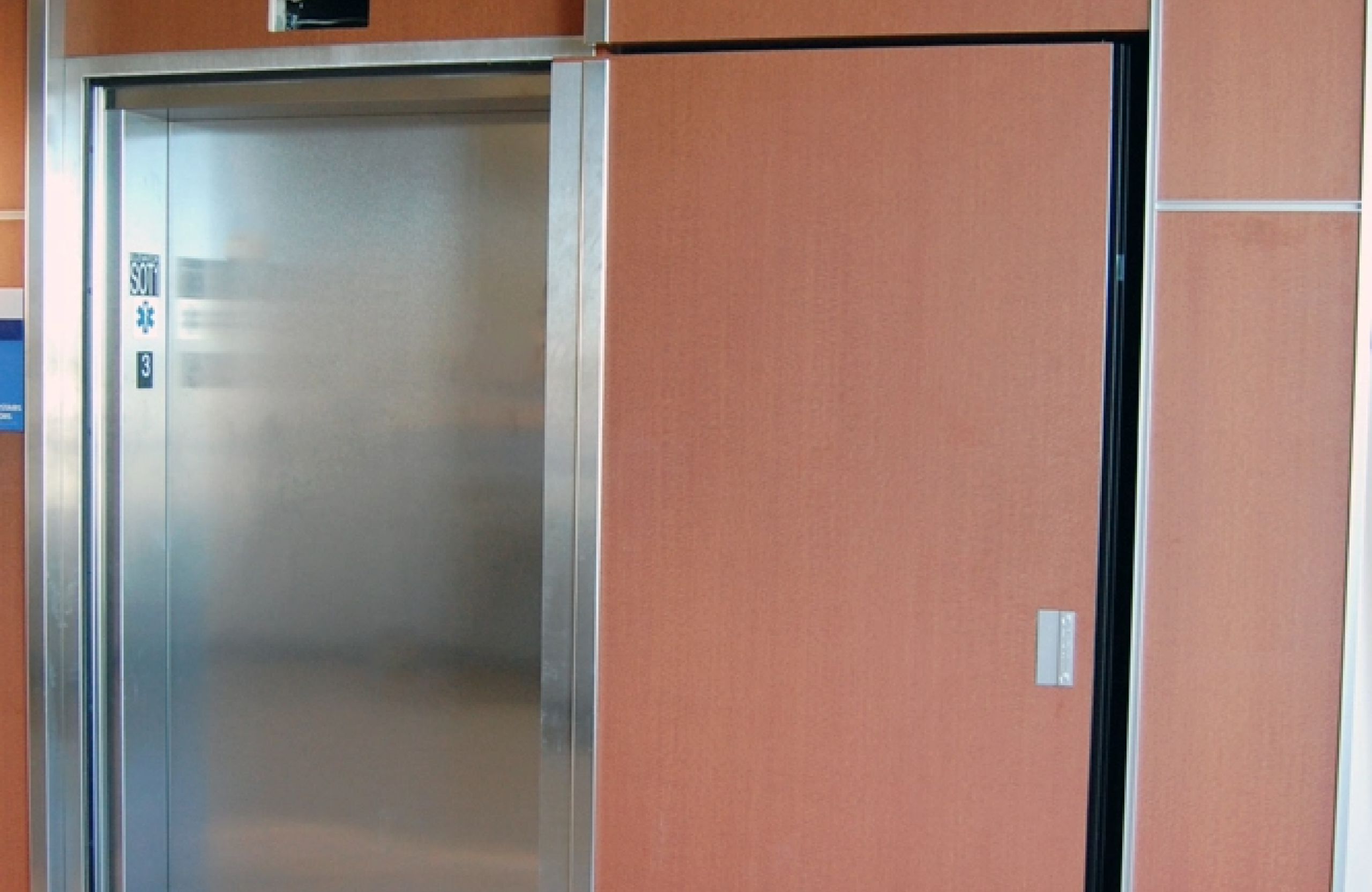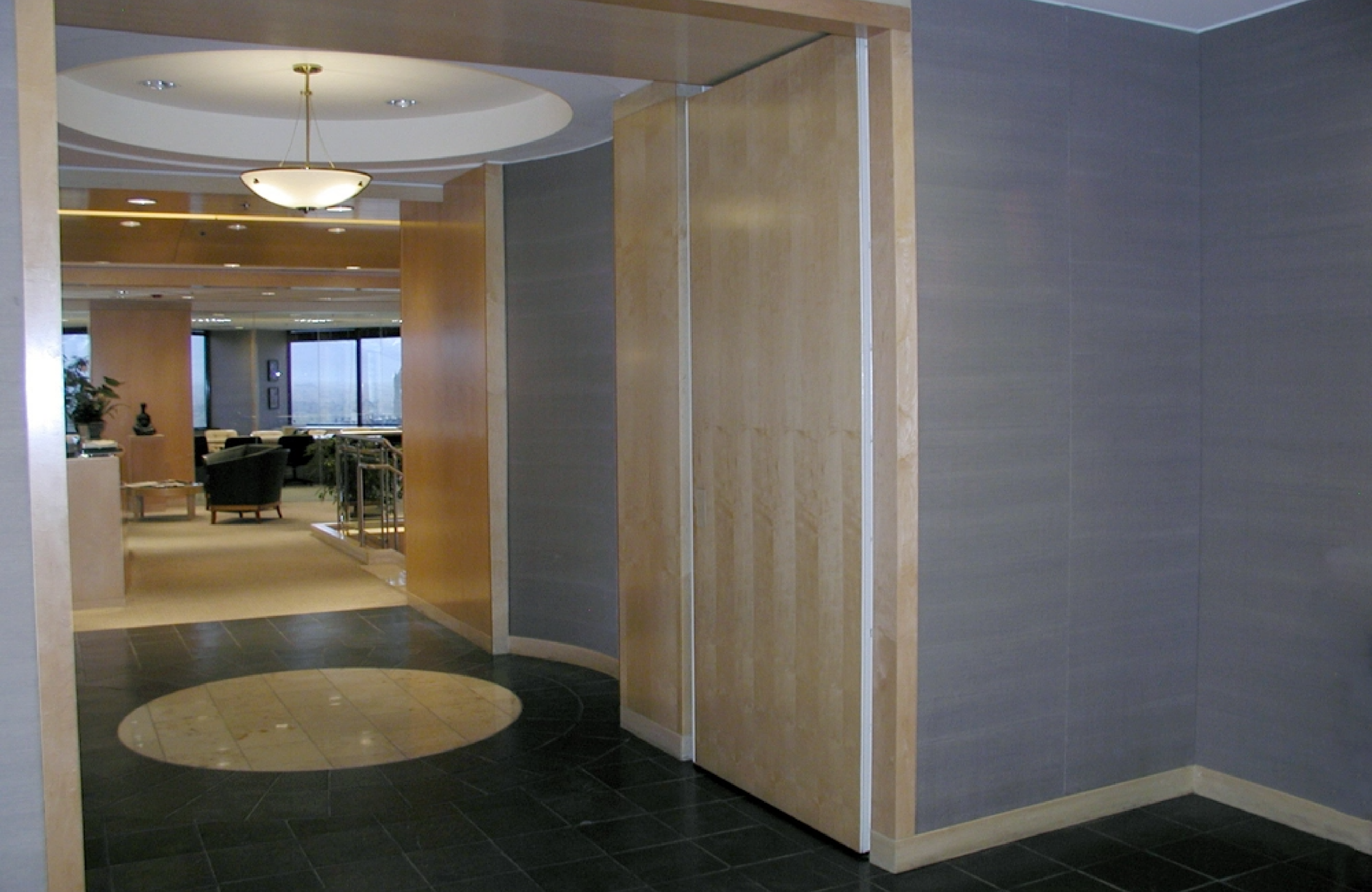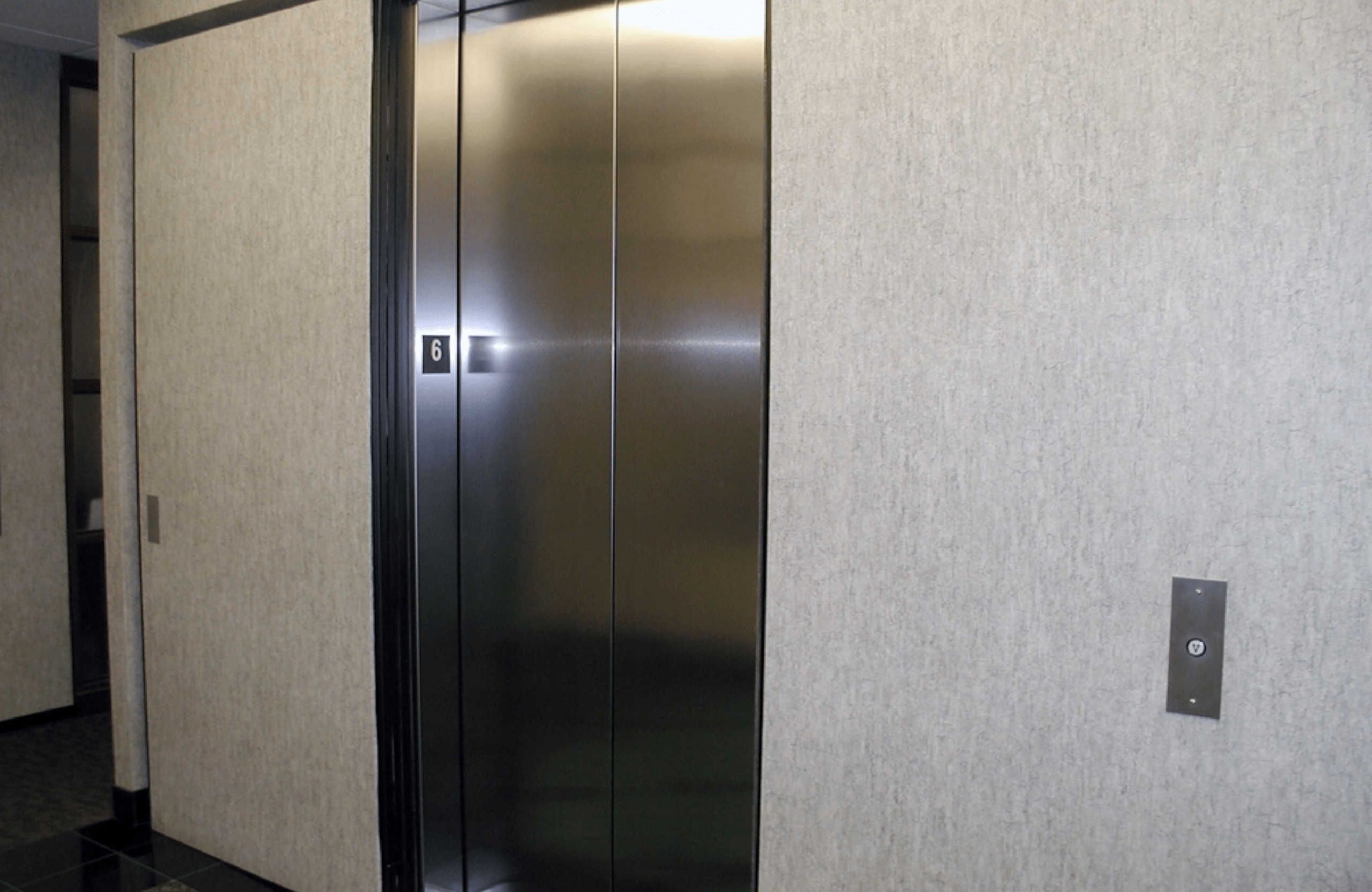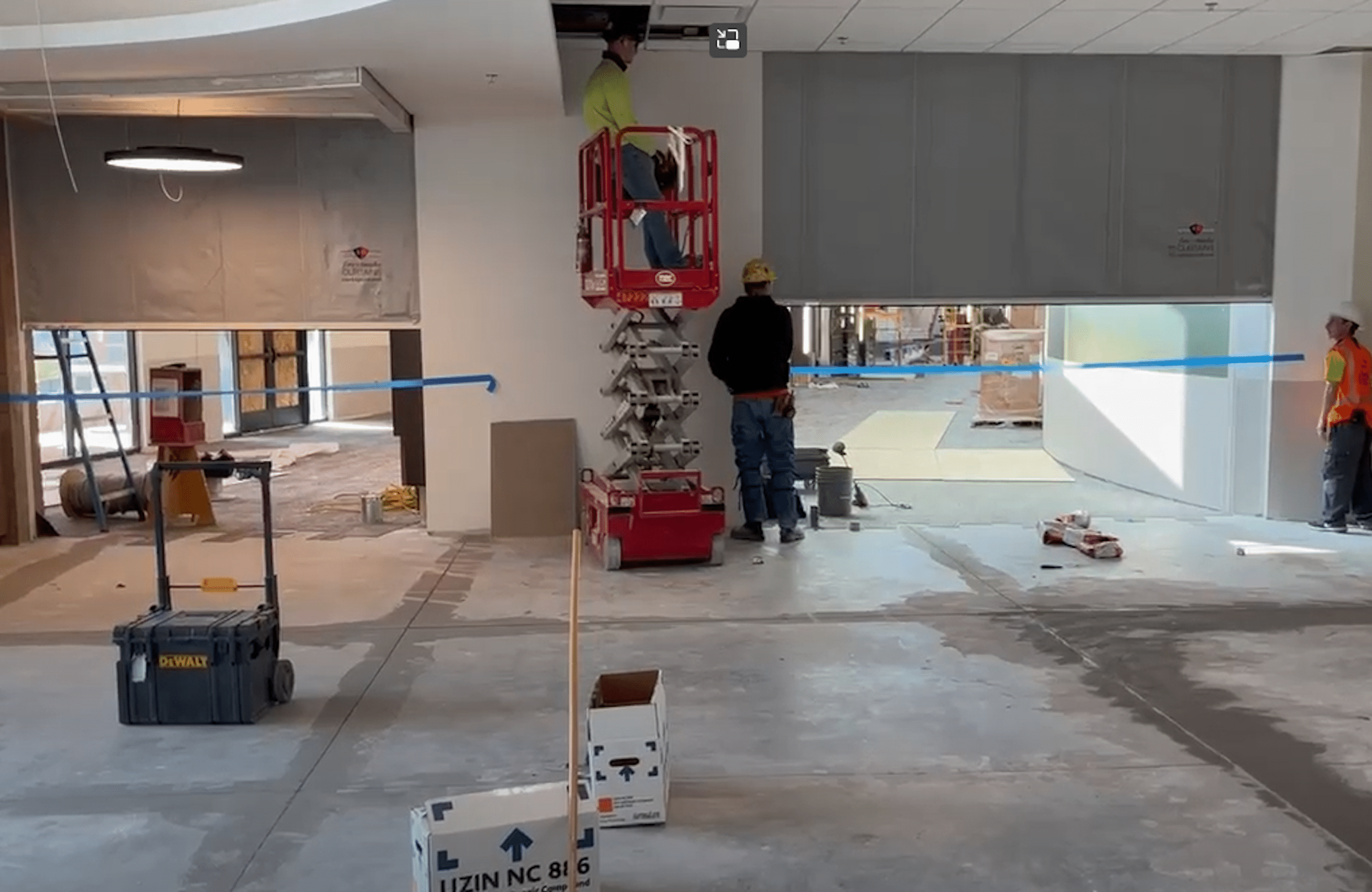Fire and Smoke Containment
Commercial buildings have basic regulations for fire safety meant to prevent the loss of life and allow firefighters to safely access a fire. However, there are other solutions that can be installed in commercial buildings that offer an extra layer of protection for your customers and your employees.
Fire and smoke are a deadly combination. Most indoor fire deaths are caused by smoke inhalation, rather than burns from the flames. Smoke contains a mix of poisonous gasses, the deadliest being carbon dioxide. Throughout modern history, smoke inhalation has been the cause of death in large fires, sometimes occurring in places far away from their origins. Alder Sales Corporation offers a multifaceted approach to fire and smoke safety – regardless of building size and layout.
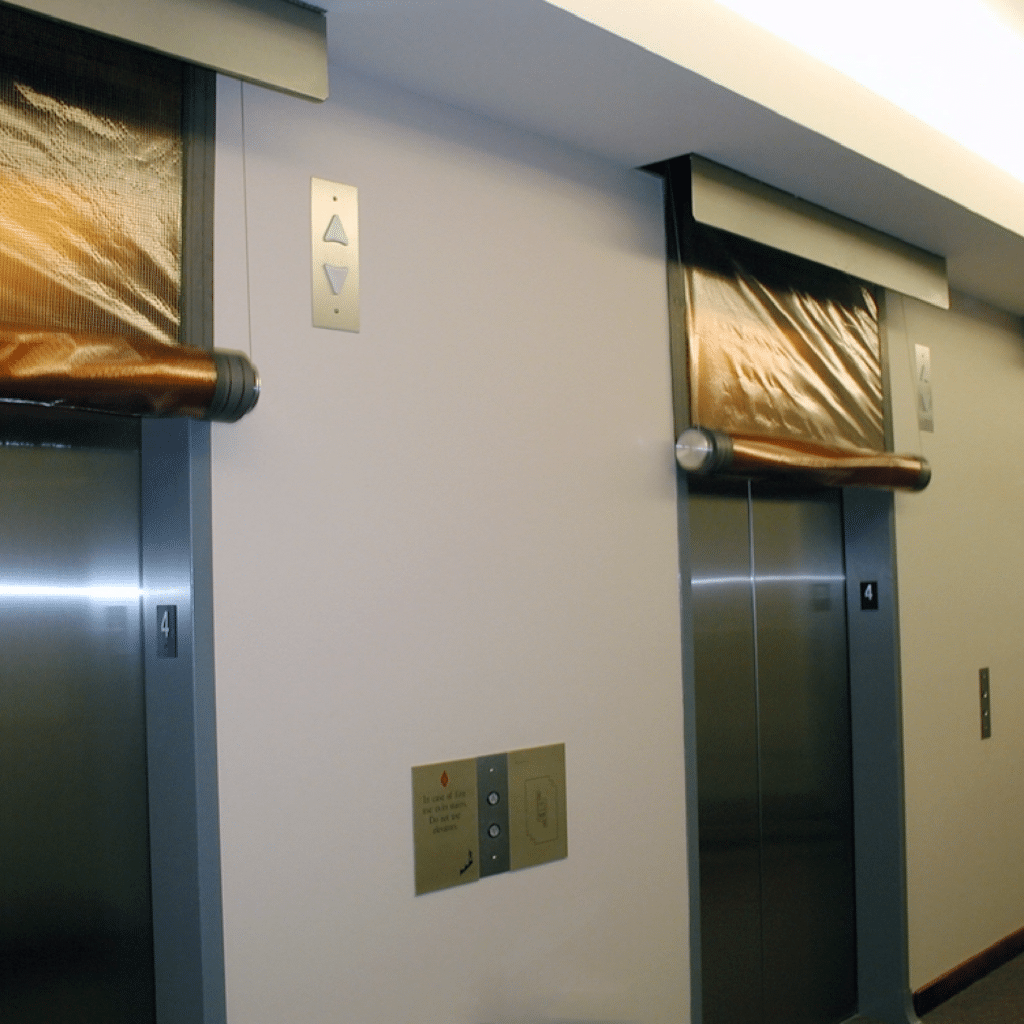
How Do Fire and Smoke Containment Systems Work?
If a fire occurs, fire and smoke containment systems work to prevent the movement of heat and smoke to other parts of the building. More advanced fire and containment systems keep the smoke and fire in one place, making ventilation more efficient.
If the smoke is allowed to spread, it will eventually drop lower to the ground. This could lead to a building that is smoke-filled, and deadly for its occupants. If the smoke is contained in one area, it remains hot and buoyant. This allows for easier and more effective smoke removal and ventilation. Containing the smoke saves lives and prevents further damage to parts of the building that are otherwise unaffected by the fire.
Smoke & Fire Curtains
Popular options for fire and smoke containment systems involve the use of fabric curtains that deploy automatically when a smoke alarm goes off. The curtains create a physical barrier to contain fire and smoke when needed, but roll or coil up when not in use, and can be fixed or movable.
- Movable smoke curtain systems have the added advantage of being nearly invisible due to the fact that they are held and retracted at the ceiling and only roll down when needed.
- Fixed smoke curtain systems are often used near elevators as they become permanent features of a building during construction.
Smoke curtains are available for elevators, warehouses, open spaces, and more. These containment systems can also be customized to fit any opening or space where they are needed.
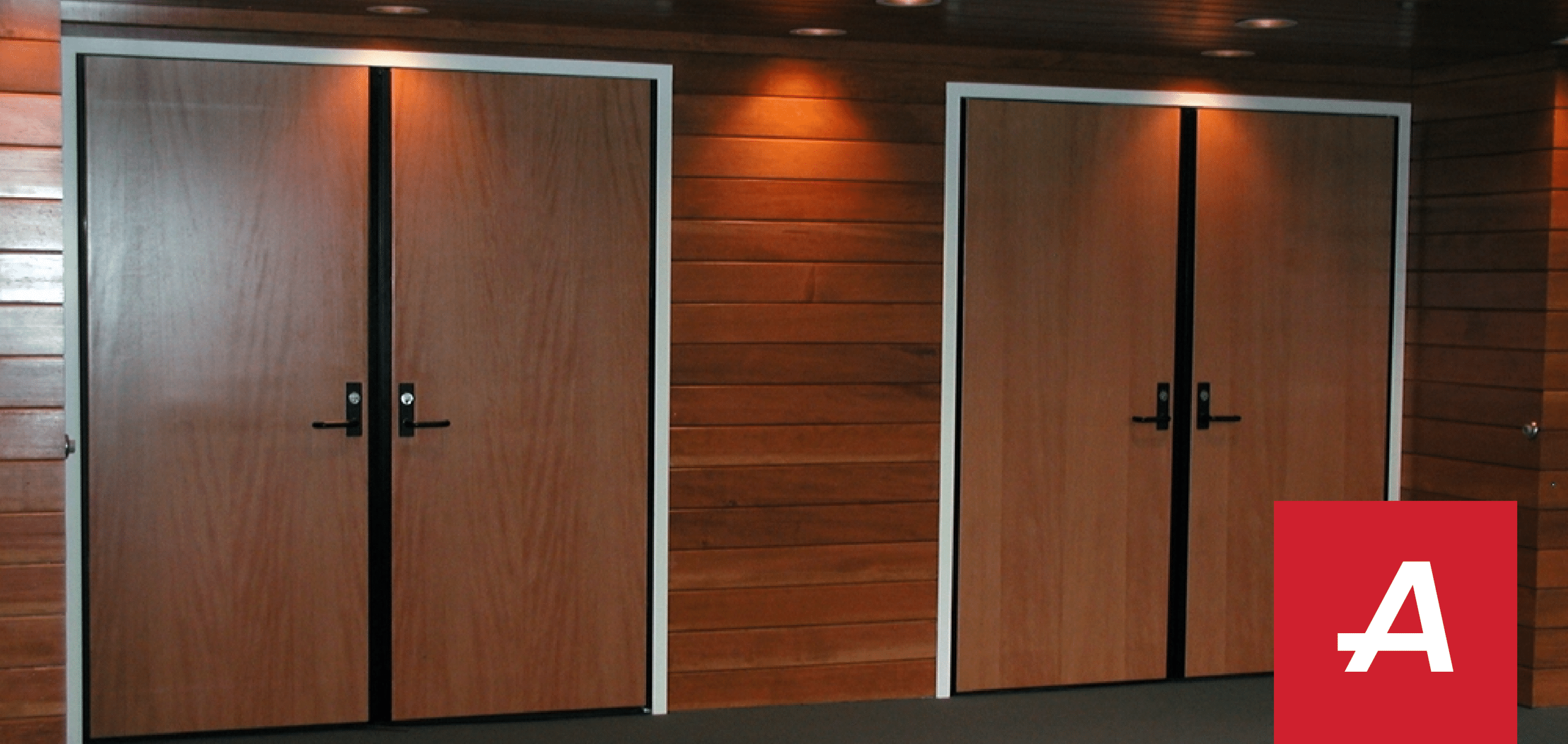
Smoke & Fire Doors
Smoke and fire doors provide breaks and barriers to prevent the spread of fire and smoke throughout a commercial building. They allow occupants a safe way to evacuate the building, as the doors prevent the spread of fire and smoke into the evacuation area.
Most doors are rated for fire protection for a few hours, long enough to get occupants out of the building and to safety. These doors function as normal doors on most days, but if a fire breaks out, the door deploys an entire system of components that work together to save lives and prevent the spread of fire and smoke. Because these doors are also used on a regular basis, they offer numerous finishes and aesthetic choices, so they won’t take away from the look of your space.
We offer two product lines to enhance your existing fire and smoke system: Smoke Guard and Total Door. Each of these product lines have different commercial uses, but all work to keep the people inside your building safe in the event of a fire. All manufacturer products sold by Alder Sales Corporation meet regulatory requirements, including national fire life safety codes and ADA requirements.
